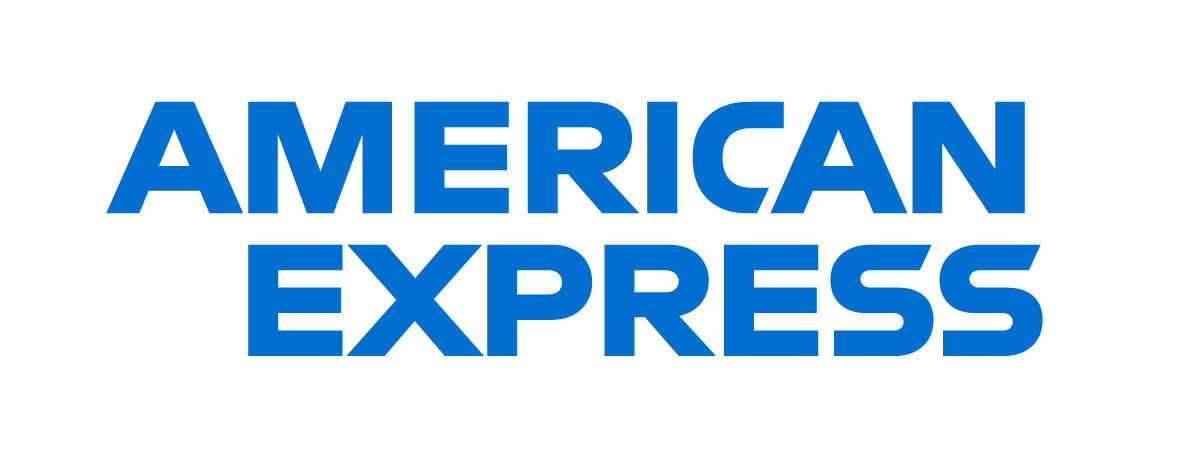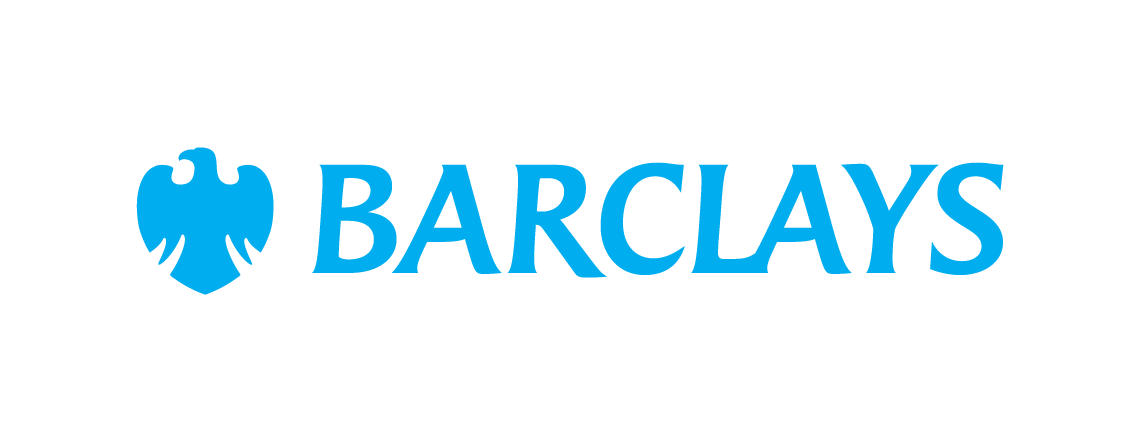Just like Barry White says, “Too much of anything ain’t good for you, baby.” And yep — that even applies to hanging onto too much cash. If you’ve got over $50,000 sitting in the bank, it’s time to rethink your financial game plan.
Keeping some cash savings is smart — like three to six months worth of expenses in an emergency fund.
But hoarding excess cash could actually be hurting you and costing you thousands of dollars every year.
Saving vs. investing
A lot of people use the terms “saving” and “investing” like they’re the same thing. But there’s actually a big difference.
Our Picks for the Best High-Yield Savings Accounts of 2025
|
SoFi Checking and Savings Member FDIC. APY up to 3.80%²
Rate info
Member FDIC.
|
up to 3.80%²
Rate info |
$0 |
|

American Express® High Yield Savings Account Member FDIC. APY 3.70%
Rate info
Member FDIC.
|
3.70%
Rate info |
$0 |
|

Barclays Tiered Savings Member FDIC. APY 4.10%
Rate info
Member FDIC.
|
4.10%
Rate info |
$0 |
Disclaimers
SoFi disclosure:
¹ New and existing Checking and Savings members who have not previously enrolled in Direct Deposit with SoFi are eligible to earn a cash bonus of either $50 (with at least $1,000 total Direct Deposits received during the Direct Deposit Bonus Period) OR $300 (with at least $5,000 total Direct Deposits received during the Direct Deposit Bonus Period). Cash bonus will be based on the total amount of Direct Deposit. Direct Deposit Promotion begins on 12/7/2023 and will be available through 1/31/26. See full bonus and annual percentage yield (APY) terms at sofi.com/banking#1.
² SoFi members who enroll in SoFi Plus with Direct Deposit or by paying the SoFi Plus Subscription Fee every 30 days or with $5,000 or more in Qualifying Deposits during the 30-Day Evaluation Period can earn 3.80% annual percentage yield (APY) on savings balances (including Vaults) and 0.50% APY on checking balances. There is no minimum Direct Deposit amount required to qualify for the stated interest rate. Members without either SoFi Plus or Qualifying Deposits, during the 30-Day Evaluation Period will earn 1.00% APY on savings balances (including Vaults) and 0.50% APY on checking balances. Only SoFi Plus members are eligible for other SoFi Plus benefits. Interest rates are variable and subject to change at any time. These rates are current as of 1/24/25. There is no minimum balance requirement. Additional information can be found at http://www.sofi.com/legal/banking-rate-sheet. See the SoFi Plus Terms and Conditions at https://www.sofi.com/terms-of-use/#plus.
³ We do not charge any account, service or maintenance fees for SoFi Checking and Savings. We do charge a transaction fee to process each outgoing wire transfer. SoFi does not charge a fee for incoming wire transfers, however the sending bank may charge a fee. Our fee policy is subject to change at any time. See the SoFi Checking & Savings Fee Sheet for details at sofi.com/legal/banking-fees/.
⁴ SoFi Bank is a member FDIC and does not provide more than $250,000 of FDIC insurance per depositor per legal category of account ownership, as described in the FDIC’s regulations.
Any additional FDIC insurance is provided by the SoFi Insured Deposit Program. Deposits may be insured up to $3M through participation in the program. See full terms at SoFi.com/banking/fdic/sidpterms. See list of participating banks at SoFi.com/banking/fdic/participatingbanks.
⁵ We’ve partnered with Allpoint to provide you with ATM access at any of the 55,000+ ATMs within the Allpoint network. You will not be charged a fee when using an in-network ATM, however, third-party fees incurred when using out-of-network ATMs are not subject to reimbursement. SoFi’s ATM policies are subject to change at our discretion at any time.
⁶ Early access to direct deposit funds is based on the timing in which we receive notice of impending payment from the Federal Reserve, which is typically up to two days before the scheduled payment date, but may vary.
⁷ Overdraft Coverage is limited to $50 on debit card purchases only and is an account benefit available to customers with direct deposits of $1,000 or more during the current 30-day Evaluation Period as determined by SoFi Bank, N.A. The 30-Day Evaluation Period refers to the “Start Date” and “End Date” set forth on the APY Details page of your account, which comprises a period of 30 calendar days (the“30-Day Evaluation Period”). You can access the APY Details page at any time by logging into your SoFi account on the SoFi mobile app or SoFi website and selecting either (i) Banking > Savings > Current APY or (ii) Banking > Checking > Current APY. Members with a prior history of non-repayment of negative balances are ineligible for Overdraft Coverage.
- Saving is for short-term goals and emergencies. Think: your emergency fund, a vacation next year, or a new car. This money needs to be kept in cash for quick access.
- Investing is for long-term goals. Think: retirement, growing wealth, or sending your future kid to college. This money should be invested, and not touched for decades.
Both are important. And balance is key.
How much cash should you be holding?
The general rule of thumb: You typically want three to six months’ worth of essential expenses in an emergency fund.
If you’re saving up for a home down payment, or large purchase in the next few years, that money can be kept in cash too.
But, while it’s sitting idle, it should be earning maximum interest.
I use a high-yield savings account to keep my $25,000 emergency fund handy and secure. Right now I earn an APY of 4.50%, which will make me over $1,000 in interest this year. Not bad!
High-yield savings accounts are FDIC insured, you can withdraw your money at any time, and you’ll earn top interest rates.
Where to put your excess cash
Anything beyond your emergency fund can be invested for the long term. Here are some places to put that money to work.
401(k) or IRA:
A 401(k) is typically offered through your employer, while an IRA is something you can open yourself. Both accounts offer powerful tax advantages that can help your money grow way faster than it would in a regular bank account.
Inside of these accounts, you can invest in broad index funds or target date funds. These typically have a low expense ratio, and are highly diversified.
Regular brokerage account
A brokerage account doesn’t offer tax advantages. But it does have much more flexibility for investment options, and better access to your money. Inside of a brokerage account you can invest in stocks, ETFs, short-term bonds, and more — there is a lot of choice.
Investing always carries risk. But if you’re patient and learn to invest wisely, the long-term growth can yield mind-blowing results.
Still not sure where to stash your emergency fund? Check out our list of the best high-yield savings accounts for the opportunity to earn more than 10 times the national average rate today.
Pay off debt (high interest first)
Still carrying a balance on a credit card or personal loan? Using excess cash to wipe out debt could give you a “guaranteed return” equal to your interest rate.
For example, if your card is charging 20% APR, paying it off is like instantly earning 20% risk free. Tackling lower-interest debt can be smart too. It’s better than having cash sit idle and earning nothing.
The true cost of excess savings
Let’s say you’re holding an excess $30,000 in cash, on top of your emergency fund.
Here’s what growth would look like in these accounts:
- Savings account earning 4.00% APY (typical for today’s top HYSAs)
- Investment account averaging 8% annual returns (This is a rough example and actually a conservative estimate based on the S&P 500’s history)
|
Years |
Savings Account (4%) |
Investing Account (8%) |
|---|---|---|
|
1 year |
$31,200 |
$32,400 |
|
5 years |
$36,499 |
$44,079 |
|
10 years |
$44,407 |
$64,768 |
|
20 years |
$65,734 |
$139,828 |
Data source: Author’s calculations.
Compound interest is wild. A tiny rate difference — over decades — makes a massive difference in how much money you end up with. Stop waiting and start making your money work harder for you today.

